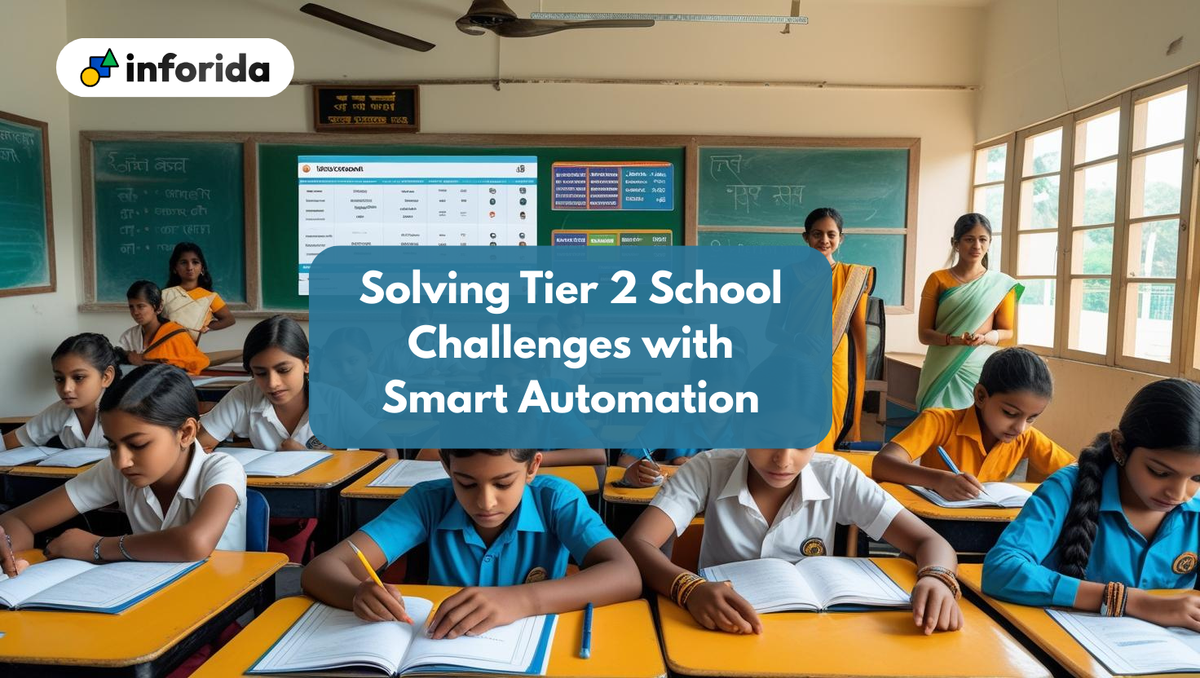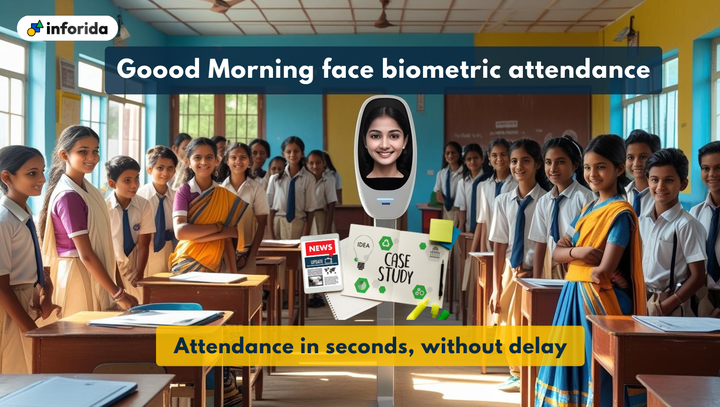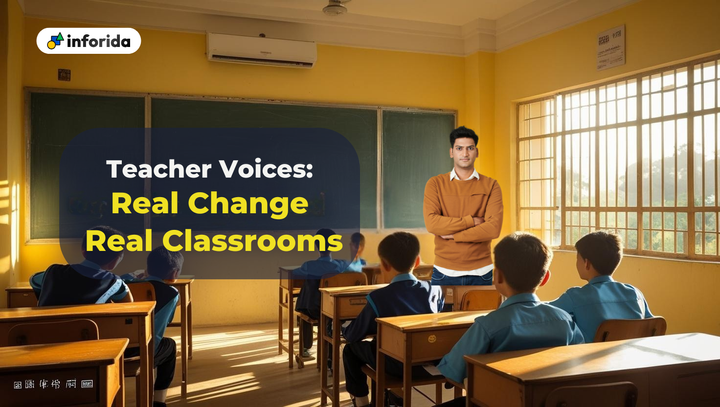5 Common Problems in Tier 2 Schools and How Tech Can Solve Them

When you walk into a Tier 2 school in India you’ll notice something quickly: teachers and administrators are stretched thin. These schools are the backbone of India’s education system, catering to millions of students, but they often run into challenges that make growth and efficiency difficult. The good news is, technology—especially school automation—is steadily changing the game.
Let’s break down five big problems Tier 2 schools face and how the right tools can solve them.
1. Attendance Takes Too Much Time
In many schools, the first 15–20 minutes of class disappear into roll call. Multiply that across classes, and schools lose hours every single day. Manual registers also mean mistakes and the risk of proxy attendance.
How automation helps: Face biometric apps like Goood Morning have already helped schools save 148+ hours of staff time, reduce attendance errors by 12.1%, and cut paper costs by thousands of rupees. Teachers can get back to teaching, while parents get real-time updates on whether their child is in school.
2. Messy Fee Collection
Tier 2 schools often rely on cash or manual records for fees. This leads to delays, missed payments, and high administrative effort. According to a 2023 KPMG report, schools using digital fee systems saw 30–40% faster collections compared to manual processes.
How automation helps: Tools like Nucleus allow schools to send automated fee reminders, accept payments via UPI, cards, or net banking, and generate digital receipts instantly. This not only improves cash flow but also builds trust with parents who prefer transparency.
3. Lack of Insights into Student Performance
A common struggle in Tier 2 schools is tracking how students are actually performing. Exams often give feedback too late, leaving struggling students unnoticed until it’s too late.
How automation helps: With Orbit AI, teachers can generate quizzes in minutes and see real-time analytics on scores, attempt rates, and weak areas. Students get instant feedback, while teachers can step in early to support those who need help. This shift from reactive to proactive teaching can boost learning outcomes significantly.
4. Inefficient Admission Processes
Admissions are the lifeline of any school, but in Tier 2 cities, schools often lose potential students due to missed inquiries or slow follow-ups. A study by EducationWorld found that schools lose up to 25% of inquiries simply because they don’t respond quickly enough.
How automation helps: With Bird AI, every inquiry gets an instant, AI-powered voice call in the parent’s preferred language. Schools using tools like this have reported higher admission conversions because no lead slips through the cracks. Combine this with QuickEnroll AI, and schools can boost conversions by up to 12.8x.
5. Communication Gaps with Parents
Parents today expect regular updates, but many Tier 2 schools still rely on notice boards or printed circulars. The result? Missed messages, frustrated parents, and lack of transparency.
How automation helps: Platforms like Inforida offer multi-channel communication—WhatsApp, SMS, push notifications—so parents never miss an important update. Schools that adopted these tools have reported 27% higher parent engagement.
Wrapping Up
Tier 2 schools don’t lack dedication or talent. What they often lack is time, resources, and the right systems. By embracing school automation—whether for attendance, fees, admissions, or communication—they can run smoother, engage parents better, and focus more on what matters most: student learning.
The future isn’t about replacing teachers or staff. It’s about giving them the tools to work smarter, not harder. And for Tier 2 schools, that shift can make all the difference.




